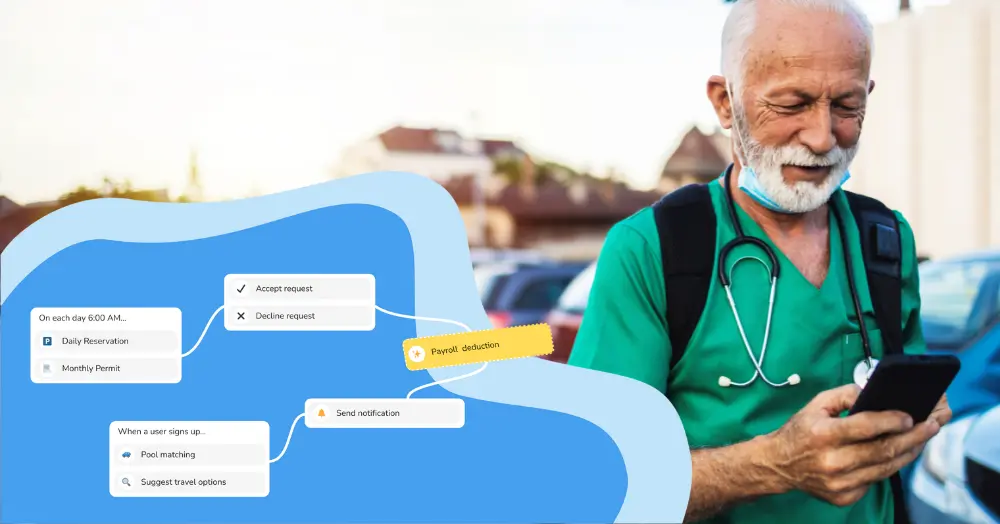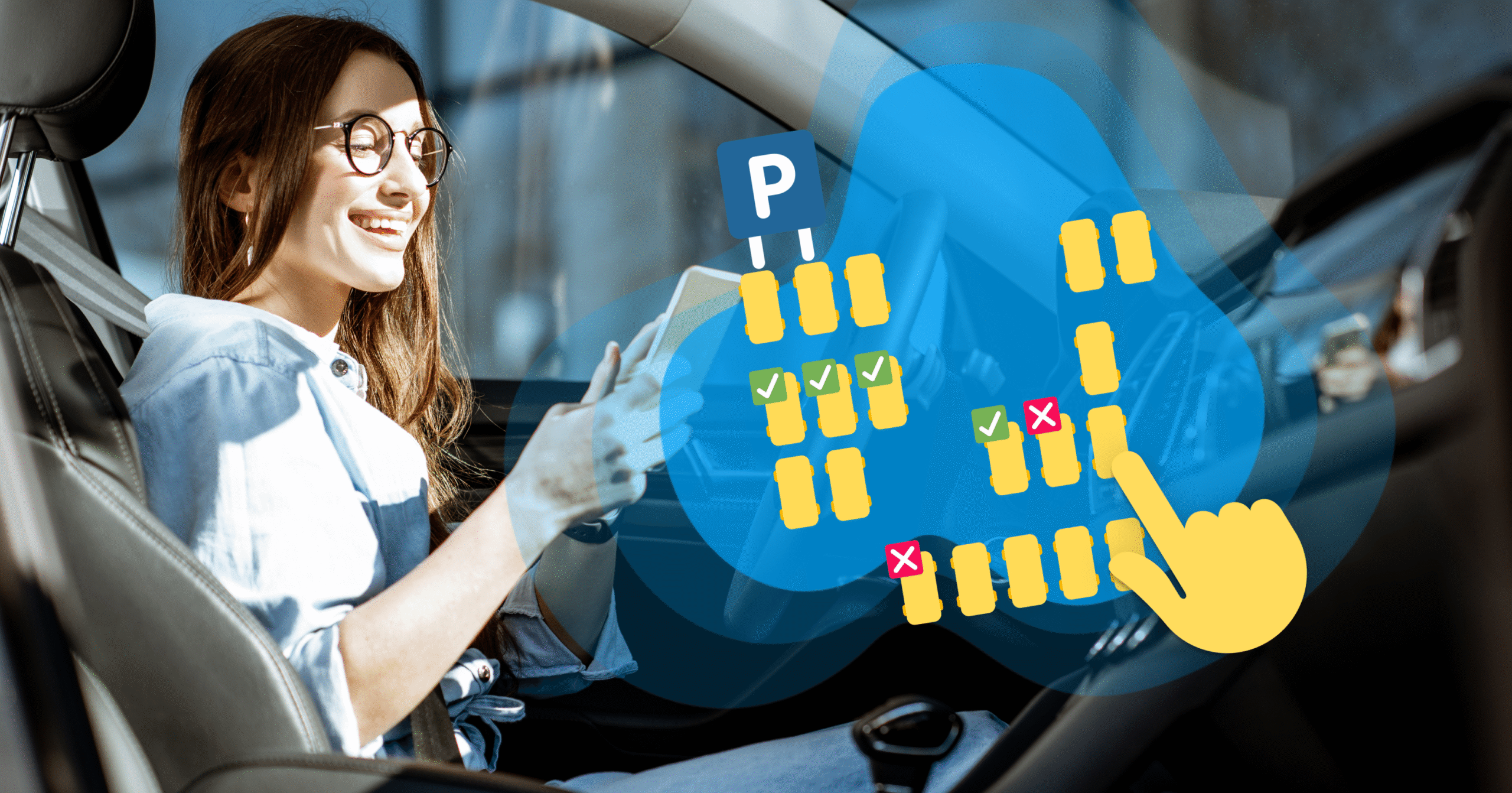










Discover how CommuteHub can optimize the impact of your transportation programs, streamline reporting, and create a personalized experience for everyone you serve. Tell us about your needs and our commute experts will get in touch to schedule a demo.
Looking for product support instead? Click here
No pressure, just insight. Let our experts walk you through how CommuteHub can simplify your complex parking workflows — from permits to payroll deductions.